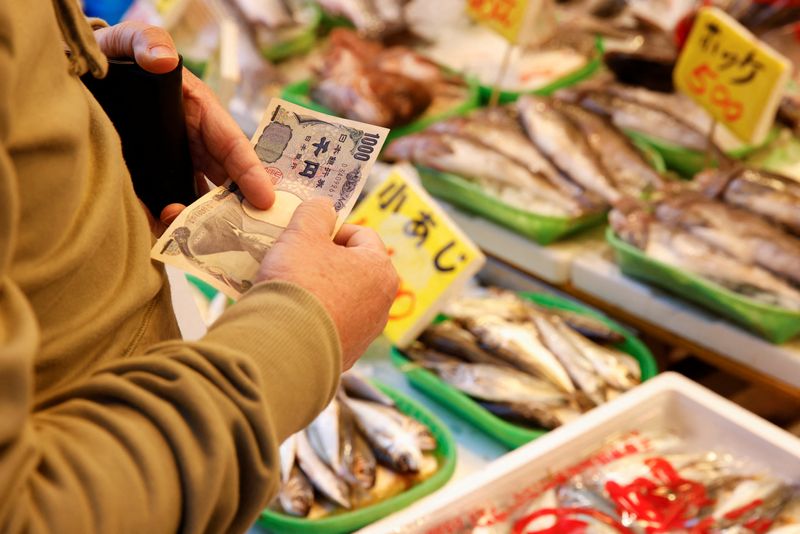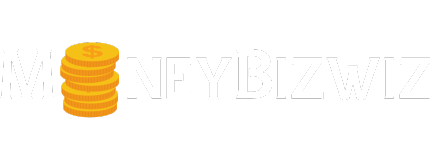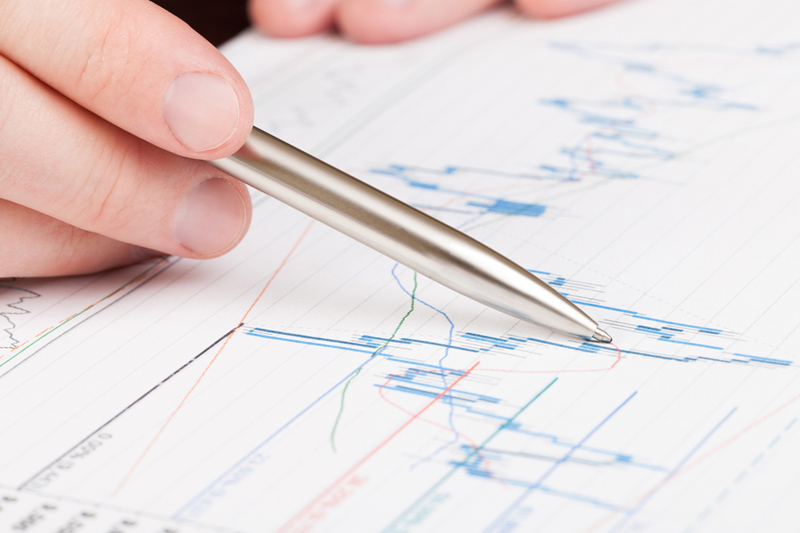By Leika Kihara and Satoshi Sugiyama
Welcome to the latest update on Japan’s economic landscape. In May, core consumer prices in Tokyo rose by 1.9% from a year earlier, showing acceleration compared to the previous month. This uptick has sparked market expectations that the central bank might raise interest rates later this year.
However, this increase was primarily driven by higher electricity bills, which could potentially dampen consumer spending that is already fragile. This situation adds a layer of uncertainty regarding Japan’s economic outlook.
The rise in the Tokyo core consumer price index (CPI), a key indicator for nationwide figures, met the market’s expectations and followed a 1.6% increase in April. Another index, which excludes the impact of fresh food and fuel costs and is closely monitored by the BOJ for broader price trends, rose by 1.7% in May from a year earlier, slightly lower than the previous month’s 1.8% gain.
The BOJ recently ended its eight-year period of negative interest rates and other unconventional monetary policies, believing that the 2% inflation target is within reach. BOJ Governor Kazuo Ueda has indicated that interest rates could be raised from their near-zero levels if underlying inflation, considering both CPI and broader price indicators, moves closer to the 2% target projected by the central bank.

Japan’s economy saw a 2.0% annualized contraction in the first quarter, attributed to reduced spending by companies and households, which raises doubts about the central bank’s outlook of a moderate recovery. Although a rebound in growth is anticipated in the current quarter, the weakening yen is affecting household sentiment by driving up the costs of imported fuel and food.

